ssp. gabzdili Danilevsky & Peks, 2016
Subfamilia: LEPTURINAE / Tribus: EVODINIINI
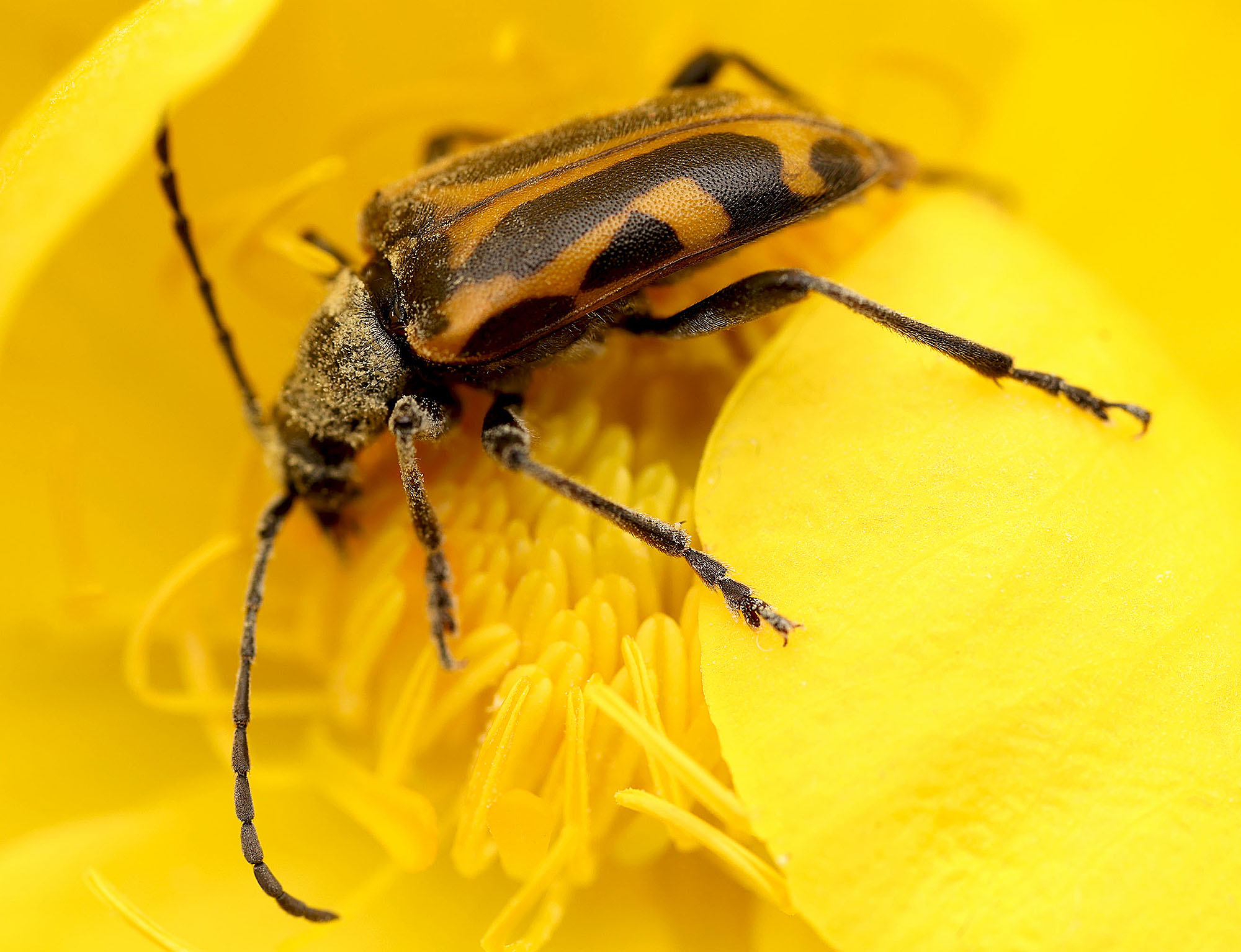
[Photo © Daniel Rydzi]
Brachyta interrogationis (Linnaeus, 1758) has been described as Leptura interrogationis from "Europa", but according to the original description (L. nigra, elytris lividis: facia longitudinale arcuata maculisque quator nigris") it was rather pale form distributed in Scandinavia. So the type locality of the species is situated in Scandinavian Peninsula, where all populations consist moderately pale forms. All West-European populations consist predominant dark specimens, which are very rare in East European populations and unknown in Caucasus and Khazakstan. This situation resulted in the description of Brachyta interrogationis eitschbergeri from Bavaria by Mikhail Danilevsky and Heinz Peks in 2015 [▽]. This subspecies is characterized by almost totally dark elytra in both sexes. Only small lateral yellow elytral spots are usually present with narrow yellow line along suture often protruding around elytral apices (specimens without any yellow areas are also known). B. i. eitschbergeri occurs in Germany (Bavaria, Saxony) and West Bohemia (Czechia). Populations from South Tirol, France, Switzerland and South Germany (Alps regions) are now considered as a valid subspecies Brachyta interrogationis marginella (Fabricius, 1793). The Slovak populations with almost equal proportion of dark and pale forms were described from Velká Fatra as Brachyta interrogationis gabzdili by Mikhail Danilevsky and Heinz Peks in 2016 [✧].
The B. i. gabzdili inhabits Carpathian meadows, forest edges or mountain forest clearings with rich vegetation. Females lay eggs in the soil around the roots of host plants (Trollius europaeus) in which larvae develop. The larvae pupate in autumn and the adults overwinter in the soil, the life-cycle is 1 - 2 years. Adults, active from June to July, are diurnal and anthophilous (in Slovakian mountains they can be found especially on flowering host plant).
Body length: ♂♂ 10 - 13 mm / ♀♀ 11 - 15 mm Life cycle: 1 - 2 years Adults in: June - July Host plant: Geranium sylvaticum Distribution: Carpathian Mountains (Poland, Slovakia, Ukraine)
The depicted living beetle were photographed on the host plant, globeflower (Trollius europaeus), in environs of mountain village Donovaly (ca 1000 m a.s.l., Low Tatras National Park, Banská Bystrica district, Banská Bystrica region, Slovakia) on June 20, 2023.Photographed by Daniel Rydzi
[▽]
Danilevsky M.L. and Peks H.:
Brachyta interrogationis eitschbergeri ssp. n. (Coleoptera, Cerambycidae) - black subspecies from south-east Germany.
Humanity space - International Almanac 4 (5): 1085-1089, 2015. [download]
[✧]
Danilevsky M.L. and Peks H.:
Subspecific structure of Brachyta interrogationis (Linnaeus, 1758) (Coleoptera, Cerambycidae) in West Europe with a description of a new subspecies.
Humanity space - International Almanac 5 (2): 178-182, 2016. [download]
Sláma M.E.F.:
Tesaříkovití – Cerambycidae České republiky a Slovenské republiky.
[ Cerambycidae of the Czech Republic and Slovak Republic. ]
Milan Sláma private printing, Krhanice, 383pp [pages 201-202], 1998 [ISBN: 80-238-2627-1]. [download]
Danilevsky M.L.:
Longicorn beetles (Coleoptera, Cerambycoidea) of Russia and adjacent countries. Part 1.
Higher School Consulting, Moscow, 550pp [pages 130-135], 2014. [download]

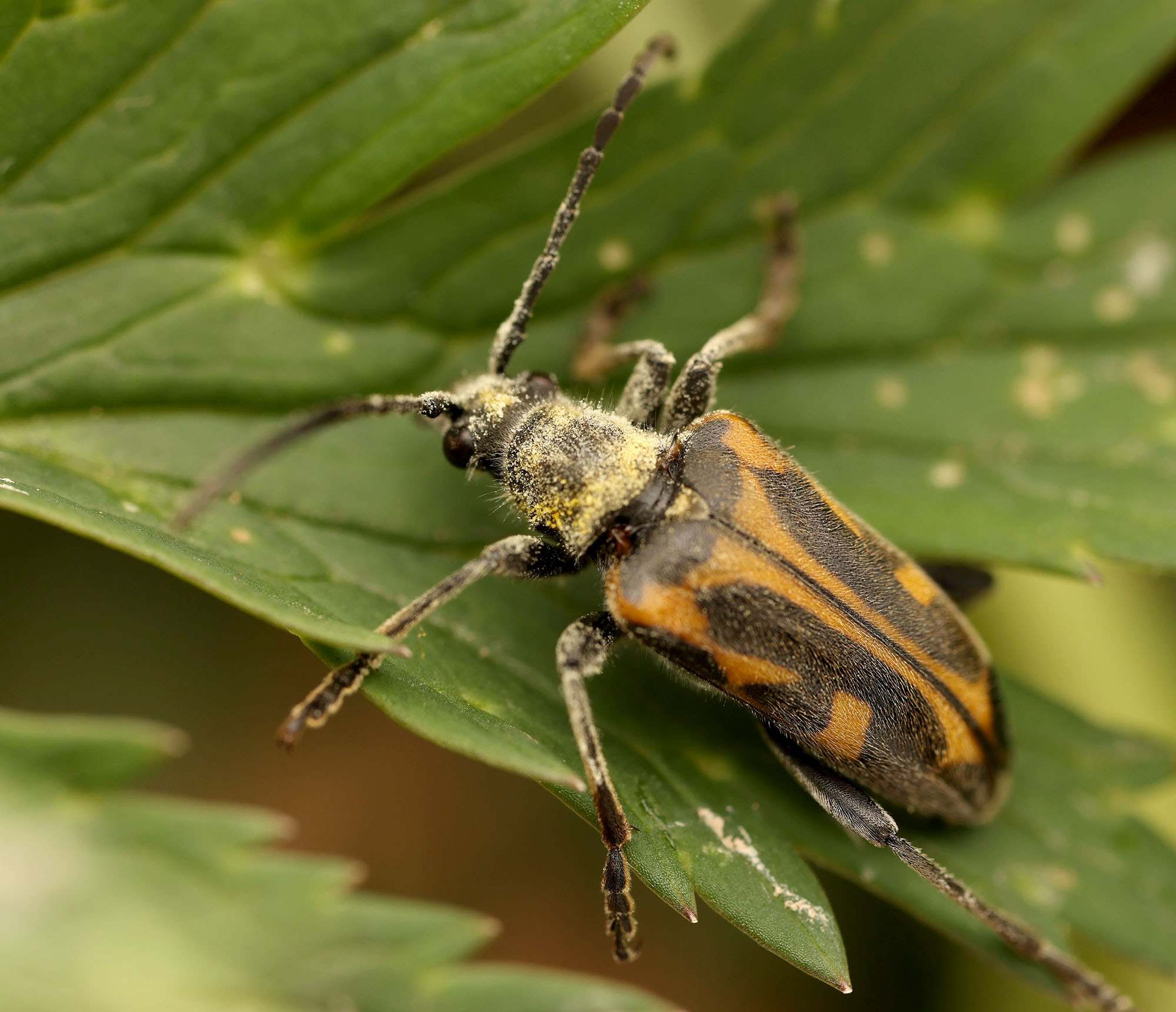


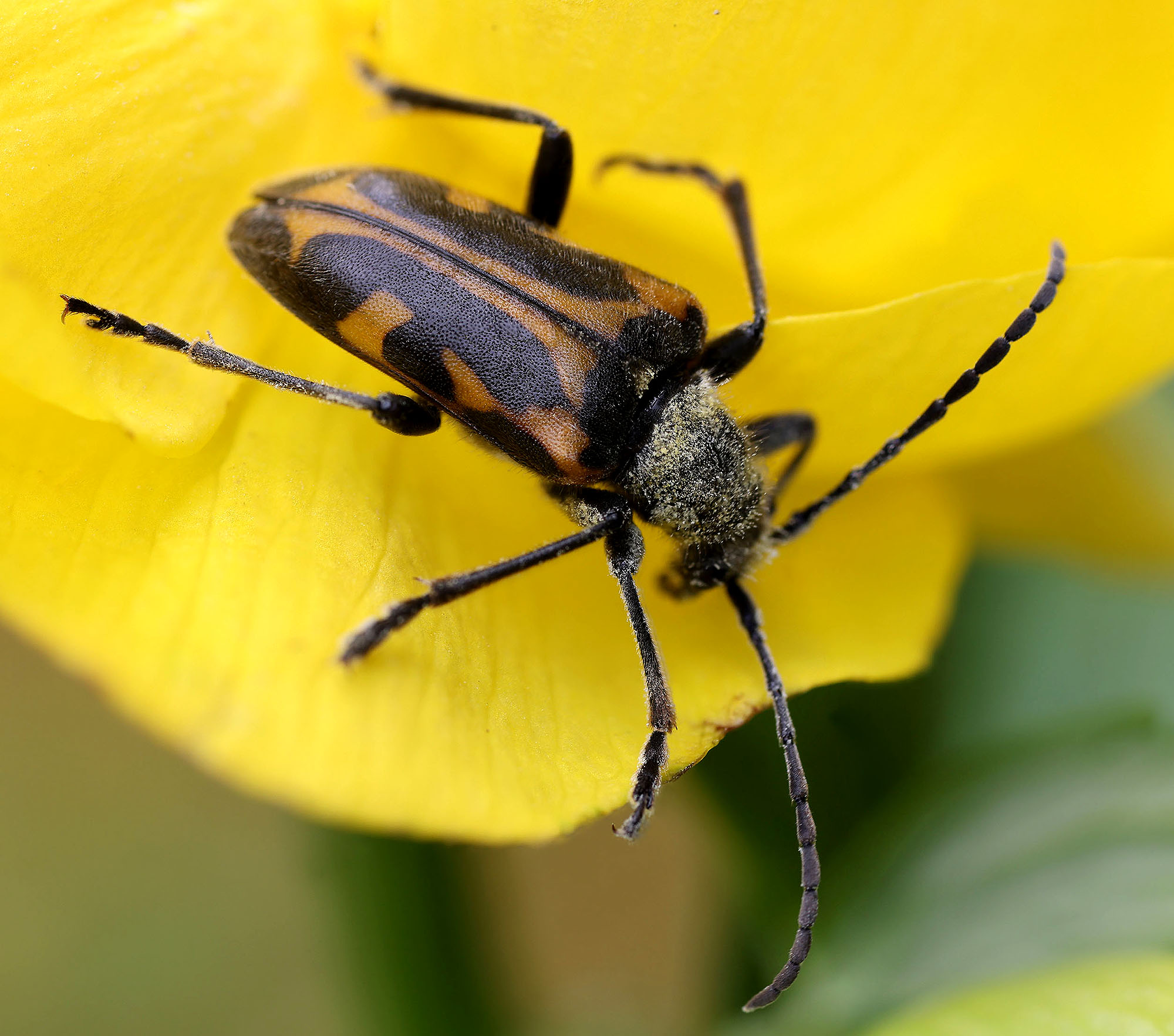
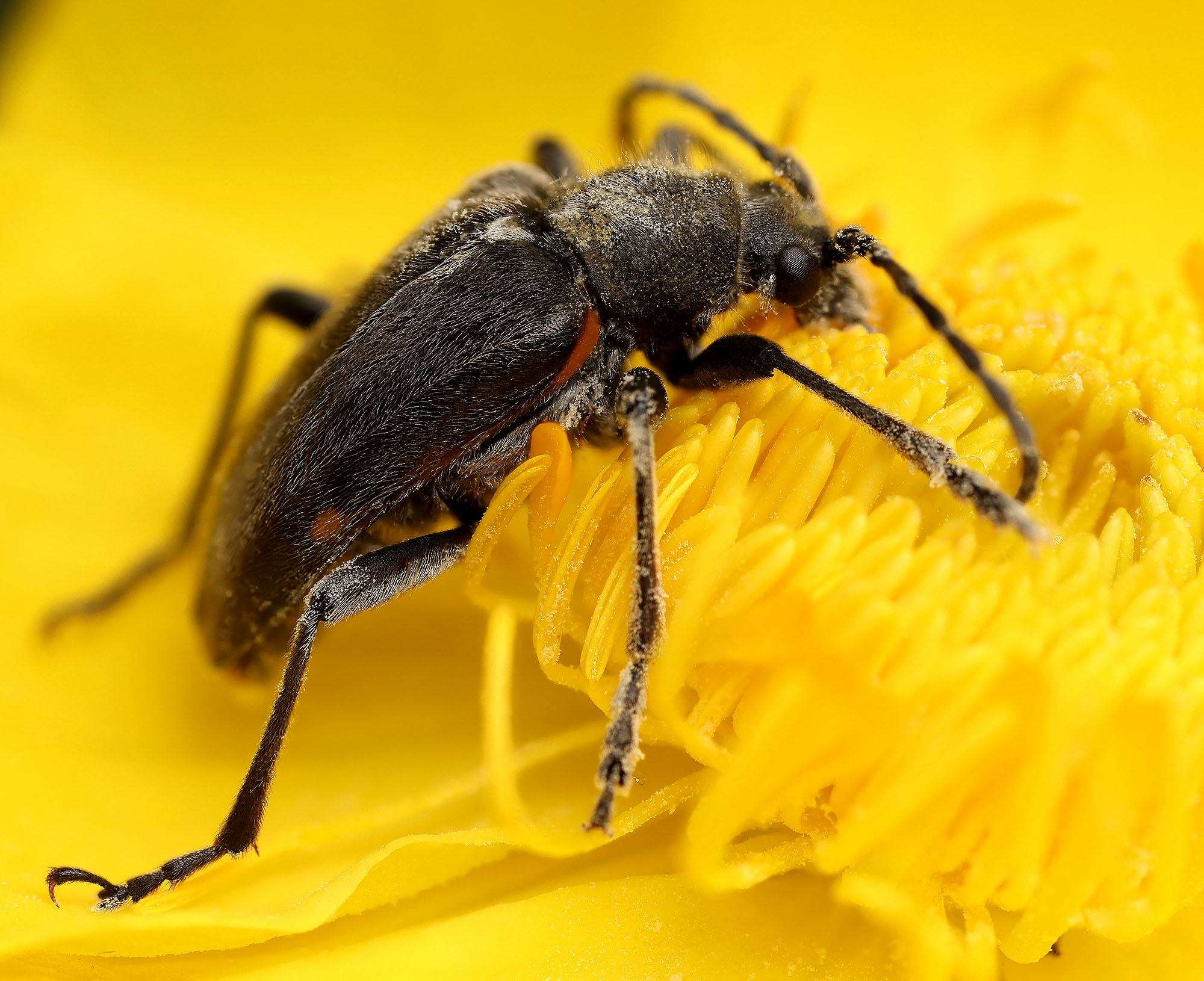
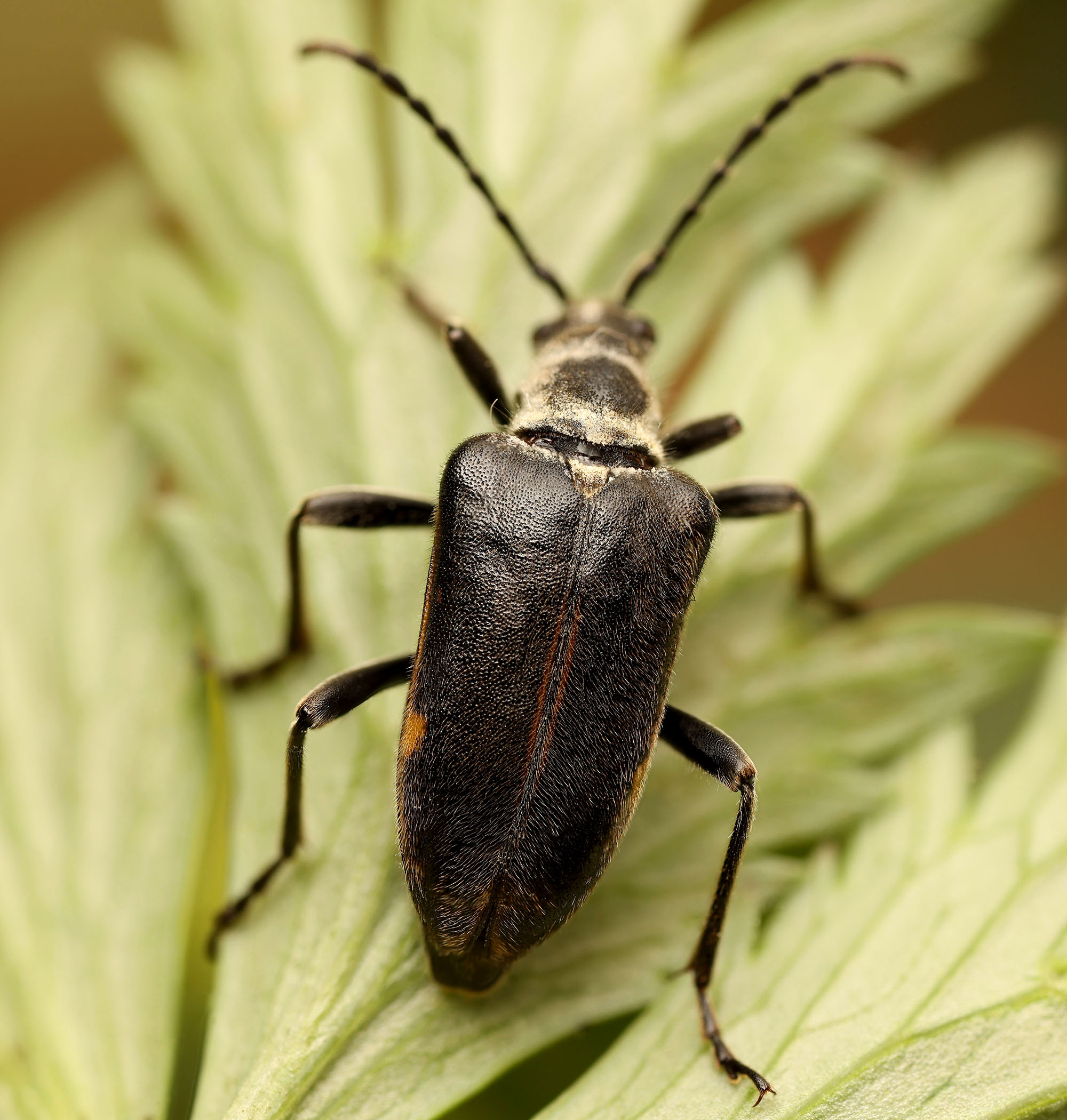
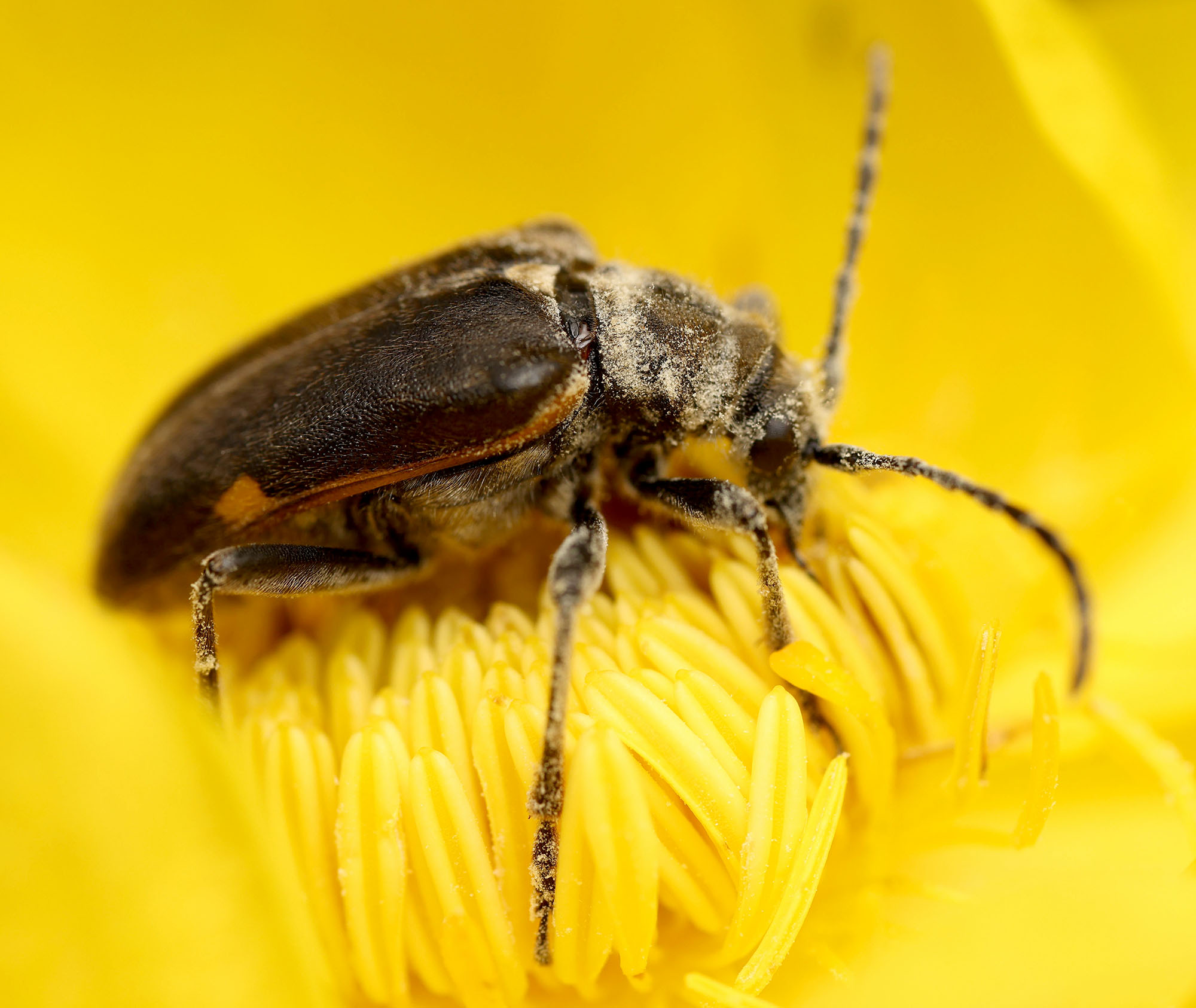
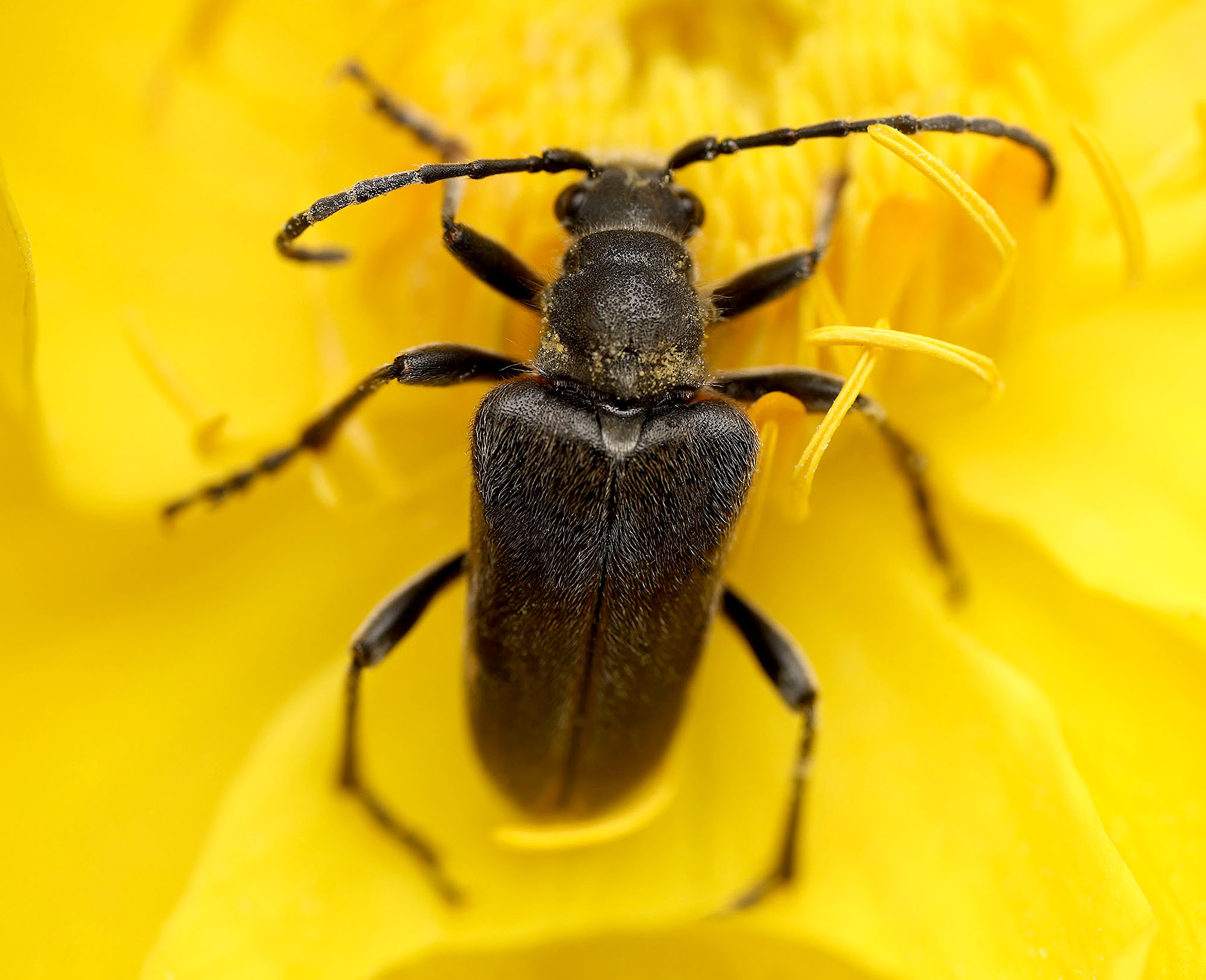
[Photo © Daniel Rydzi]
| Subfamilia | Lepturinae Latreille, 1802 |
| Tribus | Evodiniini Zamoroka, 2022 |
| Genus | Brachyta Fairmaire in Jacquelin du Val, 1864 |
| Subgenus | Brachyta Fairmaire in Jacquelin du Val, 1864 |
| Species | Brachyta (Brachyta) interrogationis (Linnaeus, 1758) |
| Subspecies | Brachyta (Brachyta) interrogationis gabzdili Danilevsky & Peks, 2016 |
